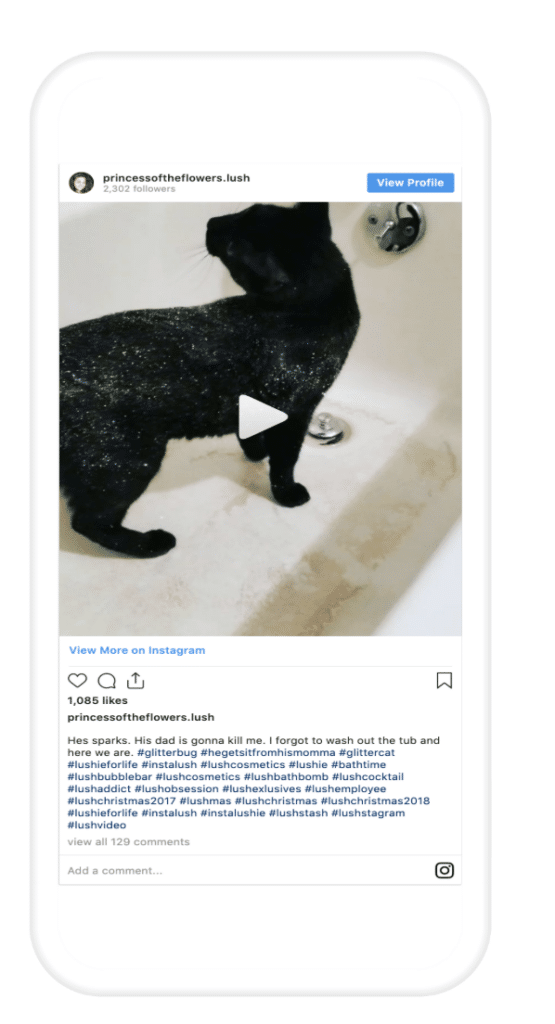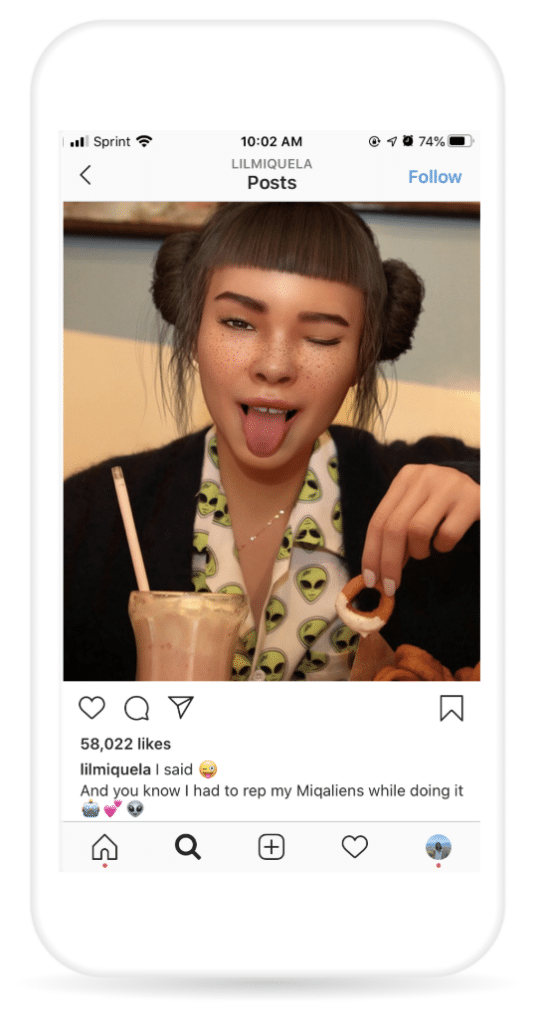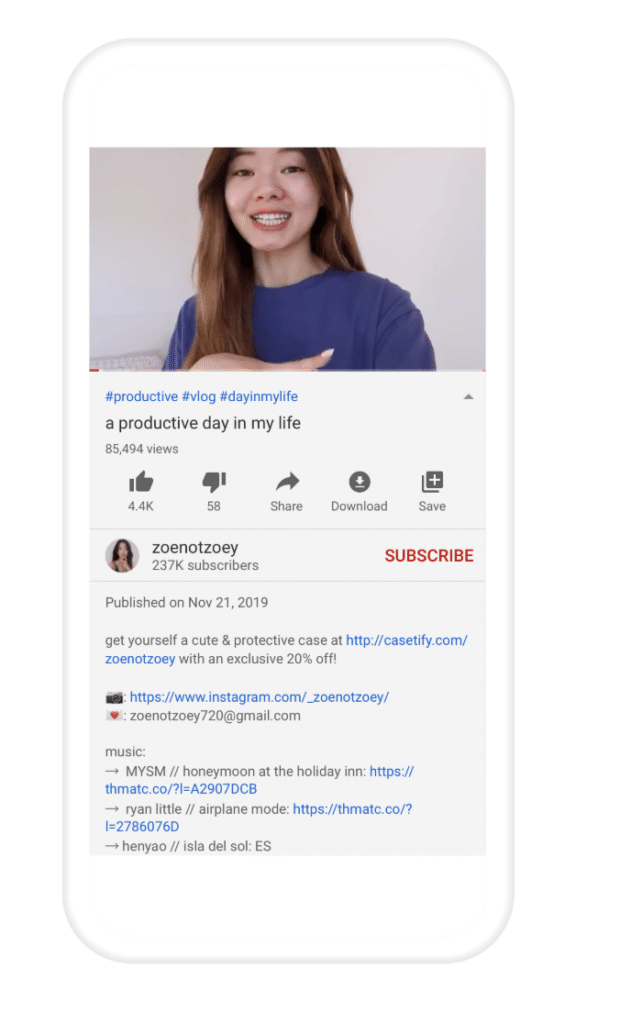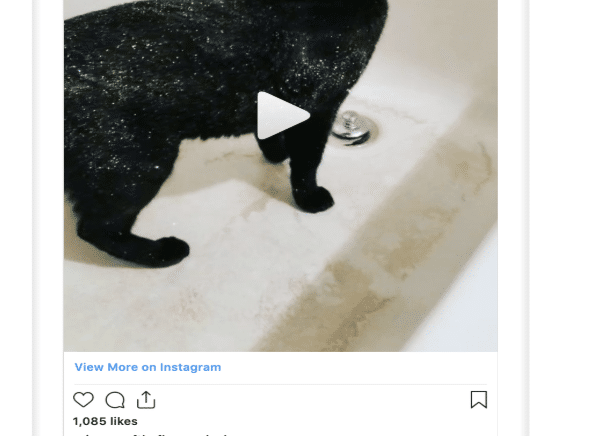42% of marketers view influencer marketing as a key channel for attracting new app users, according to a recent Branch Mobile Growth Survey. By engaging advocates, influencers, ambassadors, and brand fans, and getting them to refer new users, brands have seen significant growth on mobile. In fact, influencer marketing is projected to become a $15 billion market by 2022.
It’s vital to stay on top of trends in the influencer marketing space to make the most of your campaigns and optimize spend. But it doesn’t end there — 78% of companies indicate measuring and improving ROI is a primary concern working with influencers. So, let’s take a look at some emerging trends to help you acquire new users, increase brand awareness, and drive conversions — but more importantly — how to measure and optimize the ROI of your campaigns:
5 Influencer Marketing Trends to Implement in Your 2020 Campaigns
1. Video Content Will be King
72% of customers would rather learn about a product or service by way of video. Many influencers have already capitalized on this trend by weaving brands into vlogs, product testimonials, and live streams.
Video content provides a more engaging experience than merely looking at a photo posted by an influencer. It offers a real-life look behind the scenes to see how the influencer uses the product they’re endorsing. For you, this translates to increased brand trust.
Not all video content is created equally, however. It’s important to think about what type of video would work best for your product or brand. For example, if you have a gaming app, a live stream in which the influencer plays your game in front of their followers may work better than a product testimonial video. Remember, you want the video to be authentic and personal.
2. Use of Micro- and Nano-Influencers
Micro- and nano-influencers offer benefits that differ from a larger influencer. Although these influencers have fewer followers (10,000-50,000) and aren’t as well known, they are often more actively engaged with their followers and have a strong voice in their specific niche. In fact, Later discovered that micro-influencers have the highest engagement rates on Instagram, averaging at 7% per post.
It’s important to make sure that you choose influencers who fit your brand, but this is especially true for micro- and nano-influencers as their followers could easily sniff out content that seems inauthentic or unlike their usual posts. To prevent this, figure out which influencers your target audience already follows, then determine if these influencers would be a good fit for you. Example: if you have a fitness app, your target audience likely already follows individuals interested in exercise, general wellness, and healthy living. You would then seek out potential influencers who already post about and engage with their followers about these topics.
Additionally, gauge how often the micro-influencers you’re considering interact with their followers, such as responding to comments and posting interactive content. You want influencers who will engage with their audience beyond the paid post.
3. Use of Employee Influencer Programs
Similar to the nano- and micro-influencer trend, companies have begun to implement programs that incentivize employees to become social media influencers. Some benefits of this strategy include:
- Cost savings: no need to outsource when you can incentivize multiple employees with non-cash rewards.
- Authenticity: A knowledgeable employee who endorses and shows support for your brand on social media lends a factor of trustworthiness to followers.
- Employee Morale: having an incentivized employee influencer program can help employees gain new skills and visibility, and strengthen internal relationships.
Take this example from Lush’s employee advocacy program where an employee shared a video of their cat covered in glitter from a Lush bath bomb. The post is playful, authentic, and includes a handful of brand hashtags to drive reach and engagement — garnering over 1,000 likes.

Don’t let employees fly blind when you start this type of program. Start with 10-20 interested employees to see what works, and provide brand guidelines and canned responses for common customer questions and complaints. And be sure to create deep links to brand pages like your careers page, app download page, etc. for employees to share in their posts!
4. Increased Desire for Authentic Content
Think an influencer can post any old product or brand and move on? Think again. Receptive followers can recognize posts created just for money and aren’t afraid to call them out. Instead, followers want to see authentic, genuine content from influencers in order to feel a real connection to them. This is mirrored on the influencer’s side as well — Mediakix found that 64% of influencers choose to work with a brand based on how relevant the brand was to their own life and audience.
What this means for you: make sure you choose influencers that fit your own brand and message. If you don’t, the influencer has to change themselves to fit your brand, and appears inauthentic as a result. When choosing an influencer to help grow your app, pay attention to the content they post — does the content look genuine, or does it look like a departure from what they normally post? Do they open up to their followers and post captions that drive conversations that they partake in? Working with an influencer who genuinely believes in the value of your app is critical when creating sponsored content.
5. Rise of Robo-Influencers
19-year-old influencer Lil Miquela has over 1 million followers. She’s partnered with UGG, Prada, and other major brands. She always has her hair in her signature double space buns and posts photos with fellow influencers and celebrities.
The shocker? She’s not human — she’s a CGI creation.
CGI influencers like Lil Miquela are the up-and-coming faces of influencer marketing, as these robots give companies full control over voice and branding. In addition, these influencers have no risk of saying controversial things and have nothing in their past that could result in a potential PR scandal. It’s highly likely we’ll see more of these CGI influencers as technology continues to evolve.

An Instagram post from Lil Miquela.
Even if you can’t pay for a CGI influencer right now, you can explore other ways to start using artificial intelligence in your marketing campaigns. AI can optimize your campaigns through data-extracting tools that speed up and improve processes. For example, AI can spot fake followers and bots, the top concern of marketers when running influencer campaigns. Other ways AI can help grow your app are determining the highest performing types of content, estimating and calculating campaign ROI, and identifying the best influencers to fit your brand and vision. When it comes to creating effective marketing campaigns and growing your app, AI is here to stay.
How to Measure Results
Creating a well-crafted influencer campaign is futile if you aren’t accurately attributing results. How you measure your campaigns depends on your goals, whether it be brand awareness or driving app installs and conversions. For building awareness, measure likes, shares, views, and comments on posted content. For user acquisition campaigns, it’s critical to utilize deep links and deep linked referrals.

YouTube vlogger zoenotzoey includes a link in the description box that leads to phone cases from Casetify.
With deep linked influencer campaigns, not only will users be taken to the right place within your app from a link, but installs and conversions will be accurately attributed across platforms, channels, and devices. Even better? You’ll be able to see which influencer campaigns are driving the most down-funnel conversions beyond just install — so you can continuously optimize, maximizing your return.
While influencer marketing continues to evolve, it shows no signs of slowing down. There are many more trends in the world of influencer marketing to be aware of that help increase brand awareness and drive app installs while maximizing the ROI of your campaigns.
Want to learn 5 more trends to maximize the impact of your influencer campaigns? Download Branch’s latest whitepaper, 10 Influencer Marketing Trends to Maximize App Growth and Revenue.
Ready to get started? Sign up for the Branch Dashboard to create your first deep linked campaign or contact our sales team today.






















